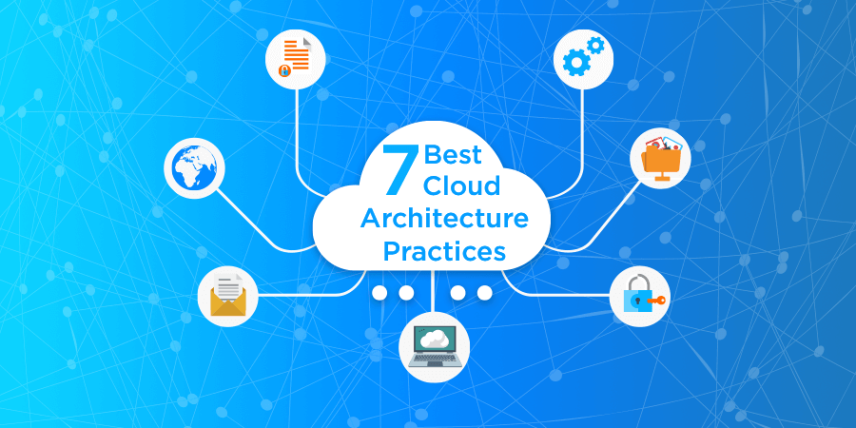Cloud architecture is the design and structure of technologies used to build cloud-based applications and services. It includes components such as servers, storage, databases, networking, and software—all hosted and managed in the cloud.
A well-designed cloud architecture ensures scalability, reliability, security, and cost-efficiency. It allows businesses to deliver services faster and adapt to changing demands without managing physical hardware.
Key elements of cloud architecture include:
-
Compute Resources: Virtual machines, containers, and serverless functions.
-
Storage Systems: Object, block, or file storage to manage data.
-
Networking: Load balancers, virtual networks, and gateways.
-
Databases: Managed SQL and NoSQL solutions.
-
Monitoring & Security: Tools for performance tracking, identity management, and threat protection.
Cloud architectures can follow models like:
-
Monolithic: Single-unit applications (less common today).
-
Microservices: Modular components for flexibility and speed.
-
Serverless: Event-driven, auto-scaling functions without server management.
Major providers like AWS, Azure, and Google Cloud offer tools and frameworks to build robust cloud architectures tailored to your needs.
A strong cloud architecture forms the backbone of digital transformation. It helps businesses innovate faster, reduce downtime, and stay competitive in a rapidly evolving tech landscape.


